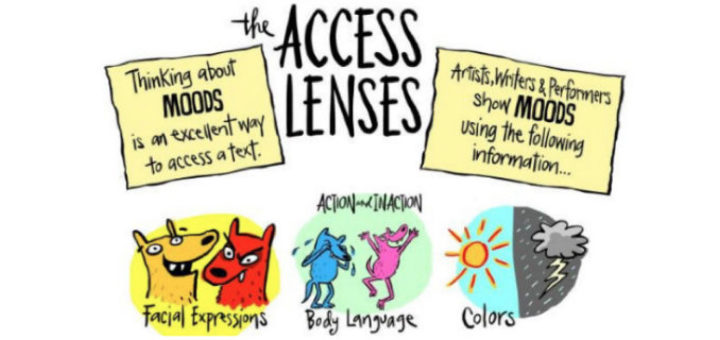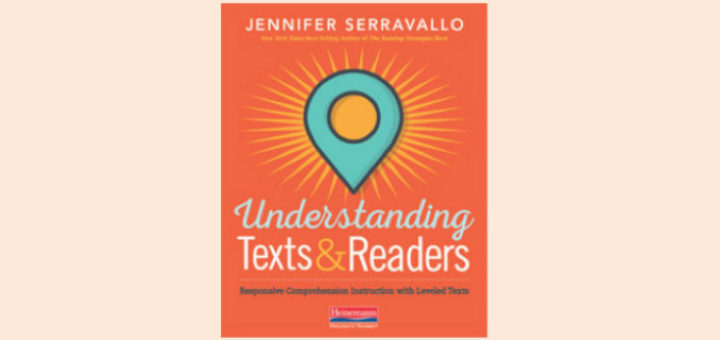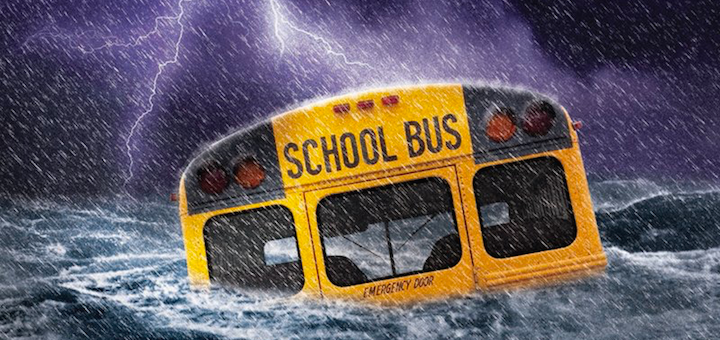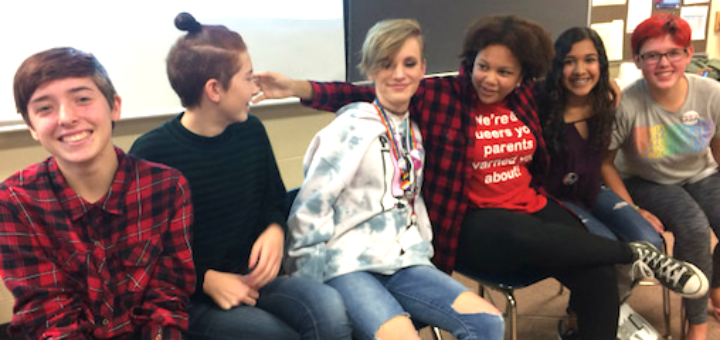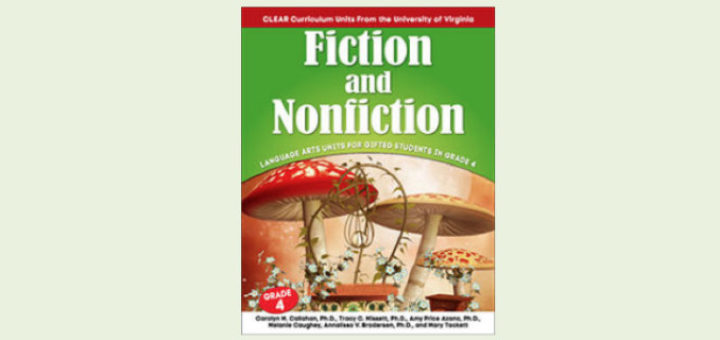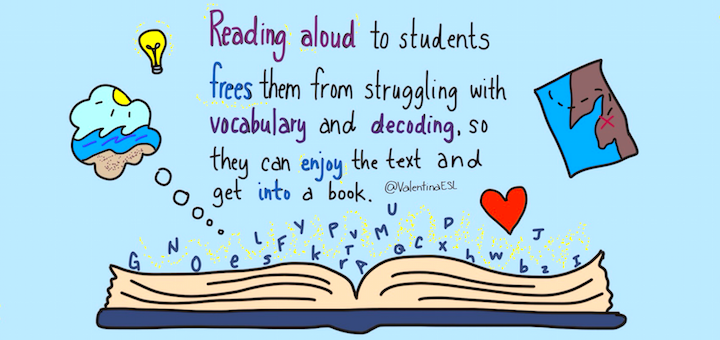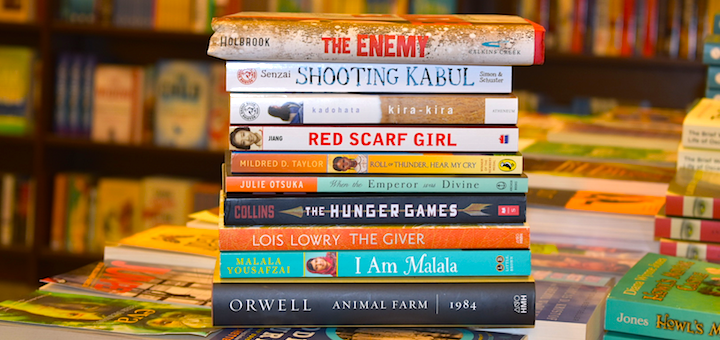Using Mood and Imagery to Engage Kids with Text
Whether they are fiction or nonfiction, the best stories are told through mood as we react to events, people and emotions. For students, identifying, tracking and exploring moods in stories and images is an easy way to enter into text. Teacher Trevor Bryan shares his approach.

